Personalised treatment for all levels and abilities
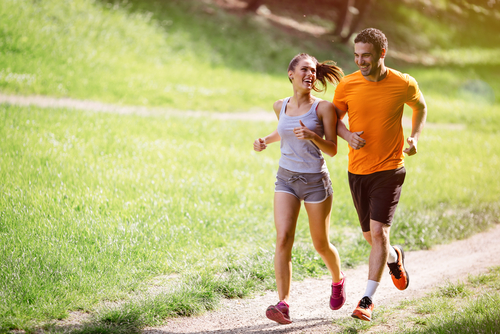
Running is the most popular form of exercise in the UK, and in the world. In 2018 to 2019 in the UK it is estimated that 6.8 million people used running as a form of exercise.
Running has many benefits, including increased cardiovascular health, increased bone density, improved sleep, cognitive function and mental health + many more. However it also has a high incidence of injury, with over 50% of runners experiencing a running injury in any given year.
Contrary to popular belief, running does not wear your joints out, or lead to arthritis. Research clearly shows that runners have lower rates of arthritis and healthier joints than non-runners do. However, despite its many benefits, running places considerable stresses on the body. If these stresses are not progressed or managed in the correct way there are a number of running injuries and joint, muscle and or bone pains that can develop.
The common running injuries are all what are termed overuse injuries. In these types of injury there is not damage to joints or muscles, but rather a process of irritation and sensitization, due to repeated loading and insufficient recovery that causes a variety of pain syndromes. Theses include:
Foot and ankle pain: such as planter fasciopathy, or Achilles tendonopathy
Knee pain: such as patella tendonopathy, iliotibial band syndrome or patella femoral pain
Hip pain: such as hamstring or gluteal tendonopathy
Bone stress injuries: the most common of which is shin pain, but can also occur in the hip or pelvis
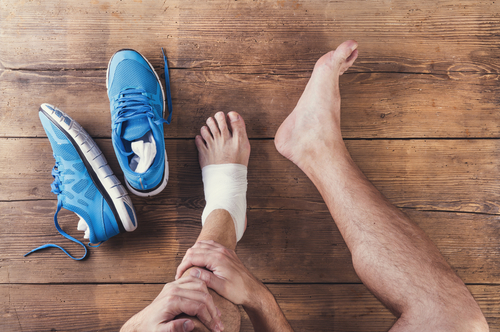
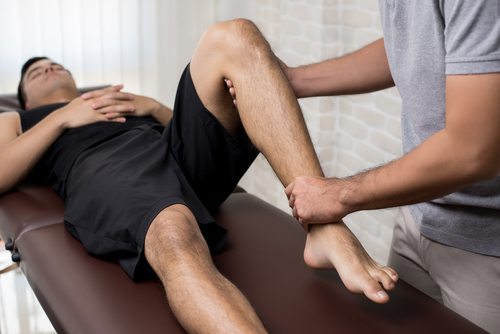
We will perform an in-depth assessment looking at training history; health and lifestyle factors, strength and endurance of key muscles, movement patterns, and orthopaedic testing to reach a diagnosis and develop an individualized treatment plan from there.
In most cases a full diagnosis and treatment plan can be reached without the need for imaging such as MRI or X-ray. In the cases where imaging is indicated your Osteopath will be able to advise you on this and make the appropriate referral.
We offer specialist treatment for running injuries at our clinic in Holland Park, easily accessible from Notting Hill, Shepherd’s Bush, Ladbroke Grove and surrounding areas.
Booking is quick and simple using the booking system below. For very short notice appointments, you can also try us on 07958070680.
Despite the fact that damage is rarely an issue with running injuries, professional help and treatment is often needed in order to make a full recovery and be able to return to previous, and or greater levels of running.
Though there are a large number of running related injuries, the key principles of effective treatment and making a full recovery are markedly similar, and will be discussed below.
There are three key factors that are the most import to effective recovery and long lasting results, these are:
1) Load management: Bringing down the amount of running to a level where symptoms can settle and tissues become less sensitive is the first step in effective management of running injuries. This may mean a reduction in the amount of running, the running speed or amount of hills. For some it is just a small reduction needed, whereas others may need to back down to brisk walking with short jogs interspersed. In rare cases (specifically with bone stress injuries) it might be necessary to have a complete break from running and maintain fitness through other means before building back up to running again.
Once symptoms are settled running can be gradually built back up towards your specific goals. The speed at which this can happen varies greatly with different injuries and different people and their goals, so will be personalised to you and your own specific needs and goals.
2) Rest and Recovery: This is the flip side to load management. As well as reducing the amount of running to a level that your body can handle, it is equally important to make sure that you are getting enough quality rest to allow full recovery between runs and workouts, in order to stay healthy and pain free. This includes rest days from running and other forms of exercise, good quality sleep, and managing mental and emotional stressors as these also have a large impact on pain levels and the bodies ability to effectively recover. Your osteopath will work with you to design a personalised plan to help balance out stresses and ensure you have the best results and progress possible to help you towards reaching your goals
3) Strength and conditioning: It is extremely beneficial to engage in a strength and conditioning programme to help you recover from running injury, and also to aid your performance and reduce risk of other / future injuries
A strength programme can be specific, aiming at targeting key muscles or connective tissues that need to become stronger, more mobile and / or less sensitive. It can also be more general in helping increase lower body strength so that your body can deal with the stress of running.
These programmes do not need to be overly time consuming. Research shows that you can increase strength effectively with 15 minutes three times a week, and you can maintain that strength with as little as 15 minutes once a week.
The ideal thing to do is to gain strength in the required areas through 15 minutes three times a week; this would usually need to be done for about 8 weeks to bring about good result. Once this has been achieved it is advisable to go to a maintanence programme of once a week to be sure you do not loose the benefits that you gained.
Which muscles need to be strengthened, and how this should be done is different for different conditions, but also for different people with the same condition. Your Osteopath will work with you to find what works and develop an effective personalised programme for you and be sure to progress it at the correct rate
Additional treatment modalities:
The above three things will form the foundation of your treatment plan and in many cases are enough to make a full recovery.
We also use hands on techniques such as soft tissues and joint mobilisations to improve ranges of movement and reduce pain levels more quickly allowing quicker progress. In some cases gait analysis and making small adjustments to running style make an important contribution to the treatment process, and we can assess and advise on this if needed.
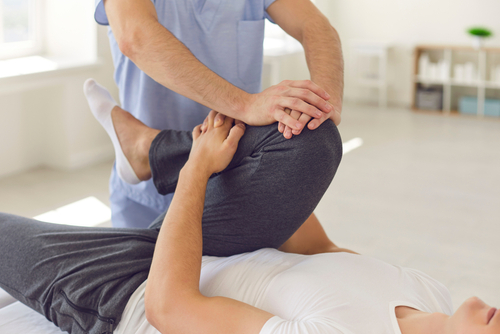
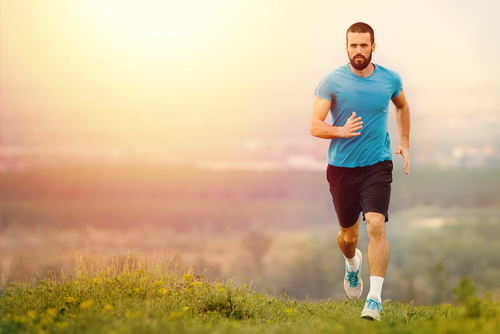
Different running injuries, and different people will respond at varying rates, for some recovery can be slower than for others. The good news is that the vast majority of cases with the right treatment and guidance you will be able to keep running at some level, and make gradual but steady progress towards your running goals.
We offer in-depth assessment to diagnose and guide your treatment, and will work closely with you to develop an individualized and effective management plan. This will always be focused on the big three: load management, effective rest and recovery, and strength and conditioning. We will usually use manual therapy to support your return and can advise on changes to running gait if that is necessary or may be useful to you. Whether you just want to enjoy a 20-minute jog around the park, or are competing in marathons we will develop a personalised plan to help get you back to running and achieving your goals
If you are suffering from pain when running get in touch, we offer 15 minute free phone consultations to discuss your symptoms and what kind of treatment or intervention might be best for you.
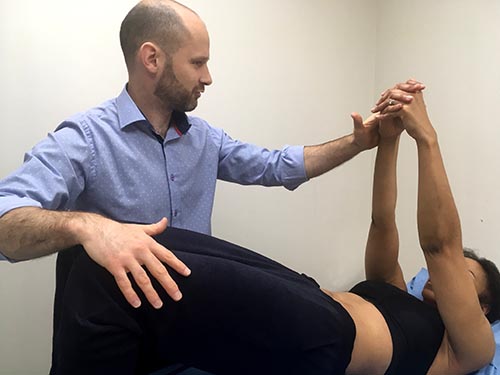
Gavin Smith MSc is an experienced Osteopath, Clinical Director of the Holland Park Osteopathic Practice, and lecturer and Clinical Supervisor at the London School of Osteopathy. He has worked with some of the UK’s top martial artists and sprinters, and also has an extensive background as a sports therapist and exercise coach.
Booking is quick and simple using the booking system below. For very short notice appointments, you can also try us on 07958070680.

Web design by Market Your Clinic Online